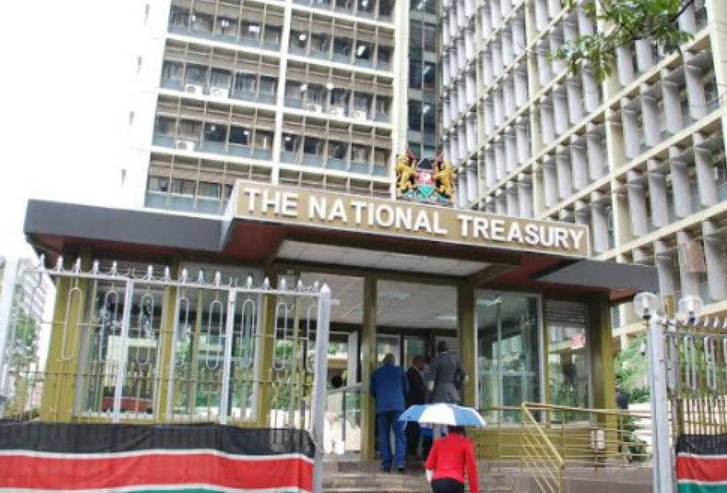Private sector activities drop to 9-month low

Steve Umidha @UmidhaSteve
Trade activities in Kenya’s private sector fell to a nine-month low in March with a slower pace of output growth and sales as rising fuel prices increased production costs.
According to the latest report by Stanbic Bank, Kenya Purchasing Managers’ Index (PMI) fell to 50.6 from 50.9 in February, in what was a two-month downward rally.
Readings above 50 signal an improvement in business conditions on the previous month, while readings below 50 show a deterioration.
“Businesses highlighted that cash flow problems linked to the Covid-19 pandemic meant that households often limited spending to essential items,” said the PMI report.
The latest reading points to just a marginal improvement in the health of the private sector, and the weakest since the recovery from the initial impact of the coronavirus disease 2019 (Covid-19) last July.
Pace of growth
“The pace of output growth among Kenyan companies remained subdued in March, and softened to the weakest in the current nine-month sequence of expansion.
Where a rise was recorded, firms linked this to higher customer orders,” read the report.
The survey noted that Kenyan businesses raised their workforce numbers again during March 2020, with the rate of hiring accelerating slightly compared to the previous month.
However, it remained modest and slower, which according to latest findings show rising workloads in a bid to reduce backlogs, underpinned by job creation during the month under review.
“Output prices continued to rise, driven by higher input prices, and employment levels increased to clear backlogs of work. Firms’ outlook for output worsened on account of the resurgence in Covid-19, which is expected to affect demand,” said Kuria Kamau, Fixed Income and Currency Strategist at Stanbic.
The index counters World Bank’s recent predictions that projected, in January, Kenya’s economy would expand by 6.9 per cent, the fastest growth rate in Africa, and government’s estimate of 6.4 per cent economic growth for 2021.
Kenya’s economy was hard hit by the pandemic for larger parts of 2020, affecting incomes and jobs, with the Bretton Woods institution estimating that Kenya’s GDP contracted by 1 per cent last year.
For most part of 2020, the economy was exposed through the dampening effects on domestic activity of the containment measures and behavioral responses, and through trade and travel disruption, affecting key foreign currency earners such as tourism and cut flowers.
The month of March however saw Kenyan vendors make quicker deliveries, as latest data signalling a solid reduction in overall lead times.
“The rate of improvement strengthened to a five-month high, but remained below the series average.
High levels of competition among suppliers were often linked to the improvement, as well as a good local supply of inputs,” said the panelists from the report.
Rise in fuel prices
Meanwhile, input prices across the country rose sharply during the month, with the pace of inflation accelerating from the previous month on higher purchase prices, owing to the rise in fuel prices and a recent increase in value added tax (VAT).
Petrol prices hit a nine-year high on rising crude costs in the global market, piling inflationary pressure on the country’s economy.
The hike saw the price of petrol shoot above the Sh120 mark per litre in Nairobi, the highest in almost a decade at a time when Kenyans are grappling with the effects of the Covid-19 pandemic amid a third wave.















